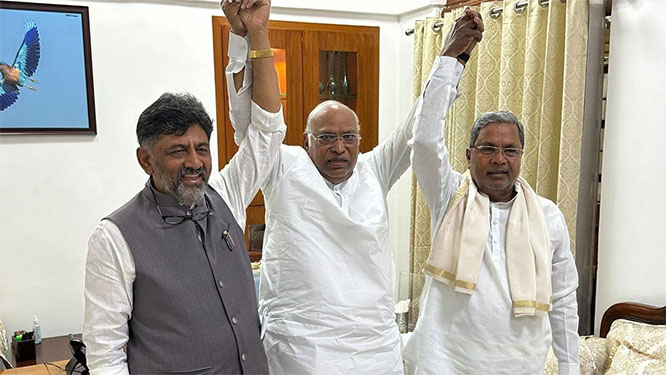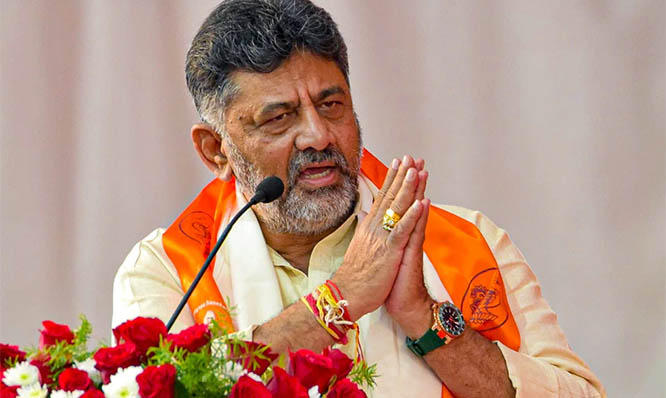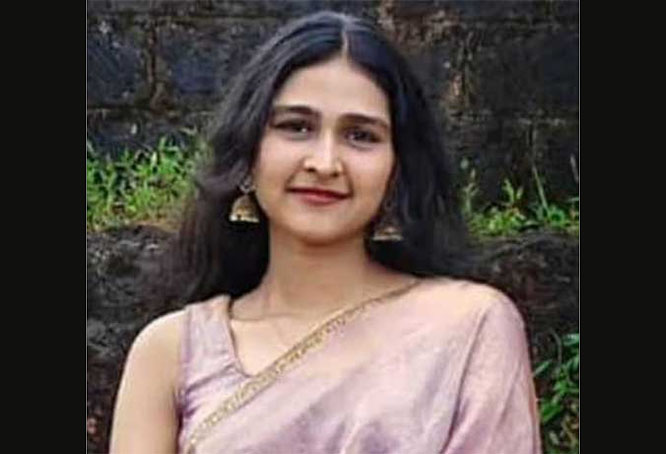Bengaluru, Aug 9: Karnataka Home Minister Araga Jnanendra was on Monday non-committal on action against Rural Development & Panchayat Raj Minister KS Eshwarappa for his 'inflammatory' remarks at BJP party workers meeting in Shivamogga.
On Sunday, Eshwarappa stoked a controversy claiming that there were instructions to "hit back" if a BJP worker is touched and "take two for one".
"Eshwarappa is a senior leader. I will check with him about the context in which he was making such remarks," Jnanendra said.
Jnanendra said that he would speak to Eshwarappa about the issue. On whether a common man would be spared for making such remarks, the minister attempted to make light of the situation by telling reporters to "ask Eshwarappa as he meets the media frequently".
Speaking at the BJP workers meeting in Shivamogga, Eshwarappa had said that RSS used to ask its workers to "be calm at all costs" in the past, even if they were attacked. "Then, it was to be calm at all costs. Today, it is face (them) with the same stick. Hit them back with the same weapon and take two for one," the minister had said.
Jnanendra and Eshwarappa both belong to the Shivamogga district. Both are BJP leaders with an RSS background.
Speaking to reporters in Shivamogga on Monday, Eshwarappa justified his remarks. He said that those were the words of party leaders and he repeated them in the party's executive committee meeting and not at any public gathering.
"In the past, our leaders used to tell us to be calm at any cost as we had no strength in the country. But today, our strength is visible across the country, from gram panchayat to Lok Sabha. So, now, our leaders are saying workers to hit with the same stick only if they are attacked. There is nothing controversial about it," he said.
Coming down heavily on the media, Eshwarappa said that some TV news channels had reported that Eshwarappa made controversial remarks. "But, it is far from truth. I have the highest regard for the freedom of the press. Does media want our workers to remain silent even when they are attacked? We can't any longer," he said.








Comments
Add new comment